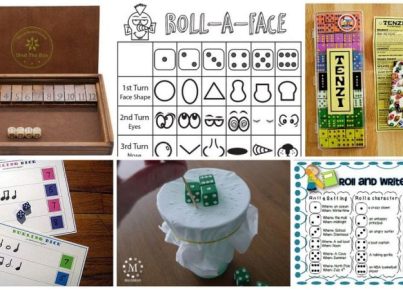Introduction:
Keeping students engaged with the world around them is an essential aspect of education. Teaching current events not only enhances students’ knowledge but also fosters critical thinking, empathy, and global awareness. In this article, we will explore eight creative and effective ways to teach current events in the classroom in 2017.
-
- News Analysis:
One of the foundational approaches to teaching current events is through news analysis. Encourage students to read and analyze news articles from reliable sources. Discuss the main ideas, biases, and different perspectives presented in the articles. This helps develop students’ critical thinking skills and enables them to form well-rounded opinions.
-
- Current Events Discussions:
Hold regular discussions in the classroom where students can share and discuss current events they find relevant or interesting. Create a safe space for respectful debates and encourage active participation from all students. This promotes a deeper understanding of the events and encourages students to stay informed about the world.
-
- Guest Speakers:
Invite guest speakers, such as journalists, activists, or experts in specific fields, to share their experiences and insights with the students. Guest speakers can provide firsthand knowledge regarding current events and engage students in interactive discussions. This not only broadens students’ perspectives but also brings real-world relevance to the classroom.
-
- Multimedia Presentations:
Encourage students to create multimedia presentations about current events. This can include documentaries, podcasts, or video clips that analyze and depict significant events. Multimedia projects allow students to explore different mediums and foster creativity while showcasing their understanding of the topic.
-
- Role-Playing Activities:
Organize role-playing activities where students assume the roles of key players in current events. This could involve simulating a United Nations debate, a press conference, or a mock trial related to a relevant global issue. Role-playing activities promote critical thinking, negotiation skills, and empathy by encouraging students to understand different perspectives.
-
- Current Events Quizzes:
Conduct periodic quizzes or trivia games based on current events. This interactive approach not only tests students’ knowledge but also incentivizes them to stay informed and up to date. Make it fun by allowing students to work individually or in teams, and offer small rewards for their achievements.
-
- Current Events Projects:
Assign individual or group projects where students can dive deep into specific current events. This could involve researching, presenting, and analyzing a particular event or issue. Projects allow students to develop research and presentation skills while fostering a deeper understanding of the topic.
-
- Community Outreach:
Encourage students to engage in community outreach related to current events. This could include organizing charity events, raising awareness campaigns, or participating in local initiatives. By actively contributing to their communities, students can make a real impact and apply their knowledge in a meaningful way.
Conclusion:
Teaching current events in the classroom is crucial for nurturing informed and engaged citizens. By incorporating these smart approaches into your teaching, you can empower students to develop a global perspective, critical thinking skills, and a sense of responsibility towards the world they live in. Stay informed, be creative, and inspire your students to become active participants in shaping the future.





